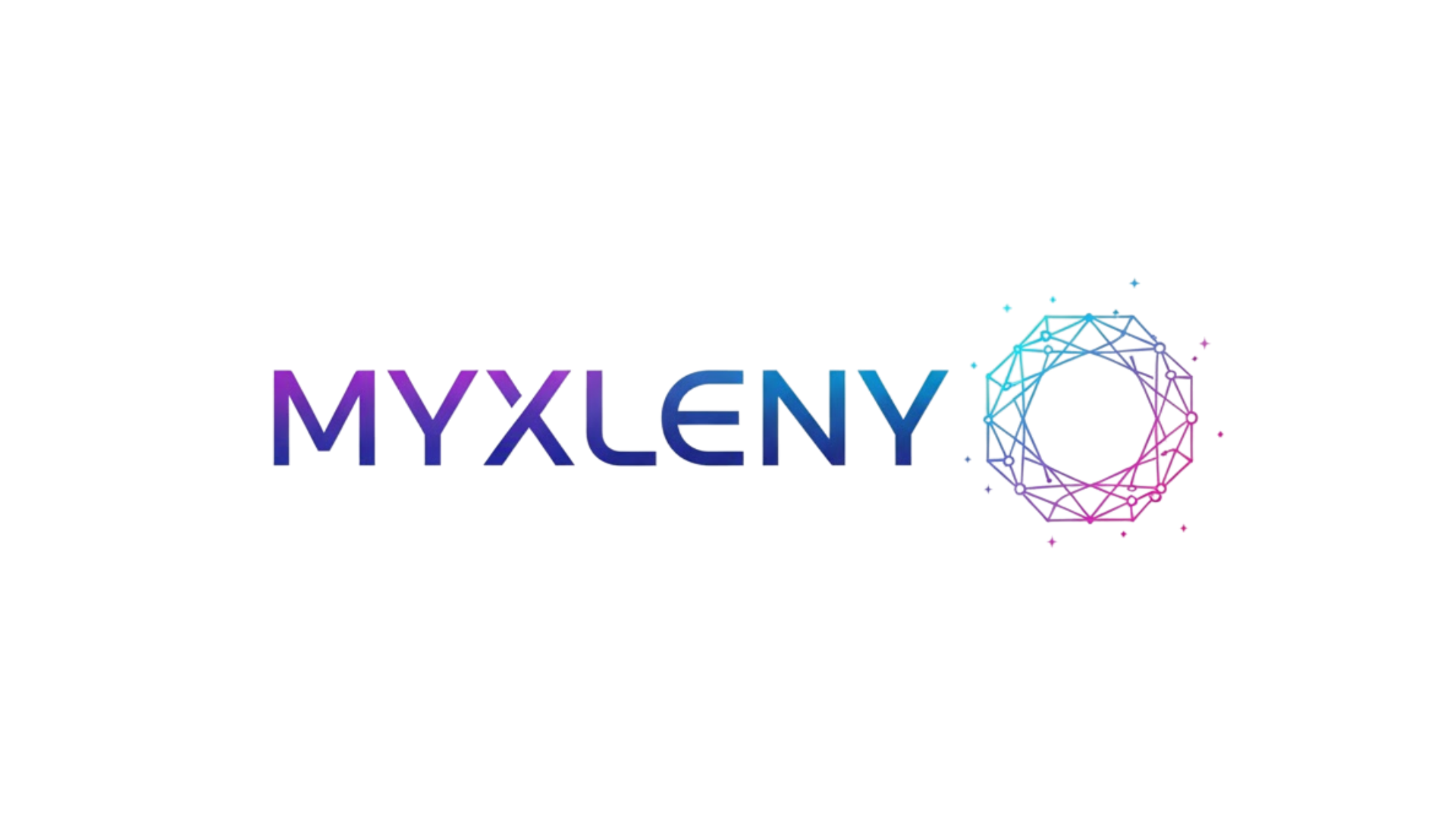In today’s rapidly evolving business landscape, organizations are discovering that purpose-driven cultures aren’t just nice to have—they’re essential catalysts for sustainable success and competitive advantage.
🎯 The Rise of Purpose in Modern Organizations
The traditional corporate model focused solely on profit maximization is becoming obsolete. Modern employees, particularly millennials and Gen Z workers, are actively seeking employers whose values align with their own. They want to know that their daily efforts contribute to something meaningful beyond quarterly earnings reports.
Purpose-driven work cultures represent a fundamental shift in how organizations approach business strategy. These environments place mission and values at the heart of operations, creating a compelling reason for employees to invest their talent, energy, and creativity. When workers understand the “why” behind their tasks, they become more than just executors of predetermined functions—they transform into passionate advocates for the company’s vision.
Research consistently shows that purpose-driven organizations outperform their competitors across multiple metrics. Companies with clearly articulated purposes report higher levels of innovation, stronger customer loyalty, and significantly better employee retention rates. The connection between purpose and performance isn’t coincidental—it’s causal.
💡 How Purpose Ignites Innovation
Innovation thrives in environments where people feel psychologically safe to experiment, fail, and iterate. Purpose-driven cultures naturally create these conditions by establishing a shared mission that transcends individual roles or departmental silos.
Breaking Down Creative Barriers
When employees understand the broader impact of their work, they’re more willing to think beyond conventional boundaries. A software developer isn’t just writing code—they’re creating tools that improve lives. A customer service representative isn’t just answering calls—they’re solving real problems for real people. This shift in perspective fundamentally changes how individuals approach challenges.
Purpose acts as a north star, guiding teams through ambiguity and complexity. When facing difficult decisions or exploring uncharted territory, organizations with strong purpose-driven cultures can reference their core mission to determine the best path forward. This clarity accelerates decision-making and empowers employees at all levels to take initiative.
Fostering Cross-Functional Collaboration
Innovation rarely happens in isolation. The most groundbreaking ideas emerge when diverse perspectives collide and combine in unexpected ways. Purpose-driven organizations excel at facilitating these productive collisions by giving different departments and teams a common language and shared goals.
Consider how a healthcare technology company with a clear purpose of improving patient outcomes might operate. Engineers, designers, medical professionals, and business strategists all approach problems through the lens of patient wellbeing. This unified framework enables smoother collaboration and reduces the friction that often hampers cross-functional projects.
🚀 The Engagement Revolution
Employee engagement remains one of the most pressing challenges facing modern organizations. Gallup’s research consistently shows that the majority of workers worldwide feel disengaged from their jobs. This disengagement costs businesses trillions of dollars annually in lost productivity, high turnover, and diminished customer experiences.
Purpose-driven cultures offer a powerful antidote to this engagement crisis. When employees connect with their organization’s mission, work becomes inherently more meaningful. This emotional connection translates into tangible behavioral changes that benefit both individuals and organizations.
From Transactional to Transformational
Traditional employment relationships operate on a transactional basis—employees exchange time and skills for compensation. While necessary, this exchange alone rarely inspires exceptional performance or deep loyalty. Purpose-driven cultures elevate these relationships from transactional to transformational.
Engaged employees don’t just complete assigned tasks—they proactively identify opportunities for improvement, mentor colleagues, and voluntarily go above and beyond expectations. They become ambassadors for the organization, speaking positively about their workplace to friends, family, and professional networks. This authentic advocacy proves far more valuable than any marketing campaign.
Building Emotional Investment
Purpose creates emotional investment. When team members believe their work matters and contributes to something larger than themselves, they develop a genuine stake in organizational success. This investment manifests in numerous ways, from reduced absenteeism to increased willingness to embrace change and adapt to new challenges.
Organizations cultivating purpose-driven cultures report significantly lower turnover rates, particularly among high performers. Talented individuals have options—they can work anywhere. What keeps them committed isn’t just competitive salaries or impressive titles, but the sense that their contributions genuinely matter and align with their personal values.
📈 Driving Sustainable Growth Through Purpose
While purpose might seem like a “soft” business concept, its impact on hard financial metrics is undeniable. Purpose-driven organizations consistently demonstrate superior financial performance compared to competitors lacking clearly articulated missions beyond profit generation.
Customer Loyalty in the Experience Economy
Today’s consumers increasingly make purchasing decisions based on brand values and social impact. They want to support companies that share their beliefs and contribute positively to society. Purpose-driven organizations naturally attract and retain these conscious consumers, building loyal customer bases that provide stable revenue streams and valuable word-of-mouth marketing.
The relationship between organizational purpose and customer satisfaction creates a virtuous cycle. Engaged employees deliver better customer experiences, leading to higher satisfaction and loyalty. Satisfied customers validate employees’ sense of purpose, further strengthening engagement and inspiring even better service.
Attracting Top Talent
The competition for skilled workers has never been more intense. Purpose-driven cultures possess a significant advantage in talent acquisition, attracting candidates who prioritize meaningful work over superficial perks. These organizations can often recruit exceptional talent at competitive (rather than premium) compensation levels because purpose itself becomes part of the value proposition.
Furthermore, employees recruited based on values alignment tend to stay longer and perform better than those attracted solely by financial incentives. They arrive pre-committed to the mission and require less time to become productive, engaged team members.
🏗️ Building a Purpose-Driven Culture: Essential Elements
Creating an authentic purpose-driven culture requires more than inspirational wall posters or mission statements buried on corporate websites. It demands genuine commitment from leadership and systematic integration of purpose into every organizational system and process.
Leadership Commitment and Modeling
Purpose-driven cultures begin at the top. Leaders must not only articulate a compelling organizational purpose but also consistently model values-aligned behavior. Employees quickly detect hypocrisy when leaders’ actions contradict stated values, undermining trust and engagement.
Effective leaders regularly communicate purpose, connecting daily operations to larger missions. They tell stories illustrating how individual contributions create meaningful impact. They make decisions transparently, explaining how choices align with organizational values even when those decisions involve short-term sacrifices for long-term mission fulfillment.
Integrating Purpose into Operations
Purpose cannot remain abstract—it must become operational. This integration happens through multiple touchpoints:
- Hiring processes that assess values alignment alongside technical skills
- Onboarding programs that immerse new employees in organizational purpose and history
- Performance management systems that evaluate how employees contribute to mission alongside traditional metrics
- Recognition programs that celebrate purpose-aligned behaviors and outcomes
- Decision-making frameworks that explicitly reference organizational values
- Strategic planning that prioritizes mission-critical initiatives
Empowering Employee Voice and Ownership
The most powerful purpose-driven cultures empower employees to shape and refine organizational purpose rather than imposing it top-down. When team members participate in defining what the organization stands for and how it pursues its mission, they develop deeper ownership and commitment.
Creating channels for employee input, feedback, and dialogue ensures that purpose remains living and relevant rather than becoming static corporate rhetoric. Regular forums, surveys, and collaborative sessions allow organizations to evolve their purpose expression while maintaining core values continuity.
🌟 Overcoming Implementation Challenges
Transitioning to a purpose-driven culture presents challenges, particularly for established organizations with entrenched traditional cultures. Understanding and anticipating these obstacles enables more effective change management.
Addressing Skepticism and Cynicism
Employees who’ve experienced previous failed change initiatives or witnessed leadership hypocrisy may greet purpose-driven transformation with skepticism. Overcoming this cynicism requires patience, consistency, and tangible proof that the commitment is genuine.
Leaders must accept that trust rebuilding takes time. Small, consistent actions demonstrating authentic commitment prove more persuasive than grand pronouncements. Acknowledging past failures and clearly articulating what will be different this time helps establish credibility.
Balancing Purpose and Profitability
Some stakeholders worry that emphasizing purpose compromises financial performance. In reality, purpose and profitability aren’t competing priorities—they’re mutually reinforcing. However, communicating this relationship clearly and demonstrating it through results remains essential for maintaining stakeholder support during transformation.
Purpose-driven organizations may occasionally make decisions that prioritize mission over short-term profits. These choices require courage and clear communication explaining the long-term strategic rationale. Over time, as the benefits of purpose-driven culture become evident in financial results, skepticism typically diminishes.
💼 Measuring Purpose-Driven Impact
What gets measured gets managed. Organizations serious about purpose-driven culture must establish metrics tracking progress and demonstrating impact.
Quantitative Indicators
Several quantitative metrics reveal purpose-driven culture health:
- Employee engagement scores and trends
- Voluntary turnover rates, particularly among high performers
- Time-to-productivity for new hires
- Internal mobility and promotion rates
- Employee Net Promoter Score (eNPS)
- Innovation metrics (ideas submitted, projects launched)
- Customer satisfaction and loyalty indicators
- Social impact measurements aligned with purpose
Qualitative Assessment
Numbers tell part of the story, but qualitative insights provide essential context. Regular conversations, focus groups, and narrative feedback help leaders understand how employees experience organizational purpose and identify opportunities for strengthening culture.
Exit interviews with departing employees offer particularly valuable insights, revealing whether purpose-culture gaps contributed to their decision to leave and highlighting areas requiring attention.

🌍 The Future of Work is Purpose-Driven
The trend toward purpose-driven organizations isn’t a passing fad—it represents a fundamental evolution in how we conceptualize work and business success. As automation and artificial intelligence handle increasingly routine tasks, uniquely human capabilities like creativity, empathy, and purpose-driven motivation become more valuable.
Organizations embracing this reality now position themselves advantageously for long-term success. They attract and retain the best talent, inspire exceptional customer loyalty, and drive innovation that creates sustainable competitive advantages. Most importantly, they contribute positively to society while building profitable, resilient enterprises.
The question facing business leaders isn’t whether to build purpose-driven cultures, but how quickly they can authentically implement transformation. Those who act decisively while competitors hesitate will unlock the full potential of their organizations, creating workplaces where people thrive and businesses flourish simultaneously.
Purpose-driven work cultures represent more than enlightened management philosophy—they’re strategic imperatives for organizations committed to sustained excellence. By placing mission and values at the center of operations, companies unlock human potential in ways that traditional approaches never could, driving innovation, engagement, and growth that benefit all stakeholders. The journey toward purpose requires courage, commitment, and consistency, but the destination—an organization where profit and purpose reinforce rather than contradict each other—makes the effort worthwhile. 🎯
Toni Santos is a future-of-work researcher and social innovation writer exploring how technology, culture, and global mobility are redefining what it means to work and thrive in the 21st century. Through his studies on automation, digital nomadism, and workforce transformation, Toni examines the balance between progress, adaptability, and human purpose in a rapidly changing world. Passionate about remote collaboration systems and digital inclusion, Toni focuses on how emerging tools and global connectivity empower individuals to build meaningful, flexible, and resilient careers. His work highlights how automation and new work models can coexist with creativity, empathy, and social value. Blending sociology, economics, and digital strategy, Toni writes about the human side of innovation — helping readers understand not only where work is heading, but how to align with its transformation responsibly and purposefully. His work is a tribute to: The evolving relationship between automation and human employment The rise of global, location-independent lifestyles The power of resilience and adaptability in the modern workforce Whether you are a freelancer, remote leader, or curious observer of the new economy, Toni Santos invites you to explore the future of work — one idea, one connection, one transformation at a time.




